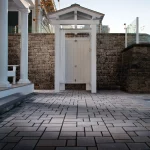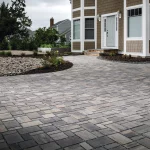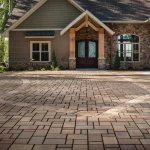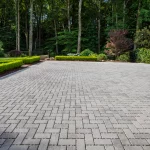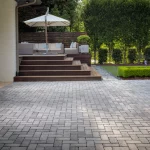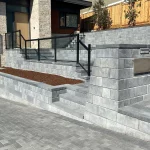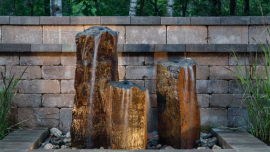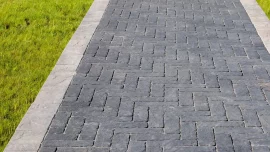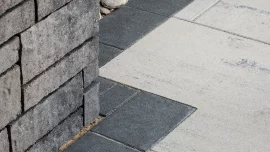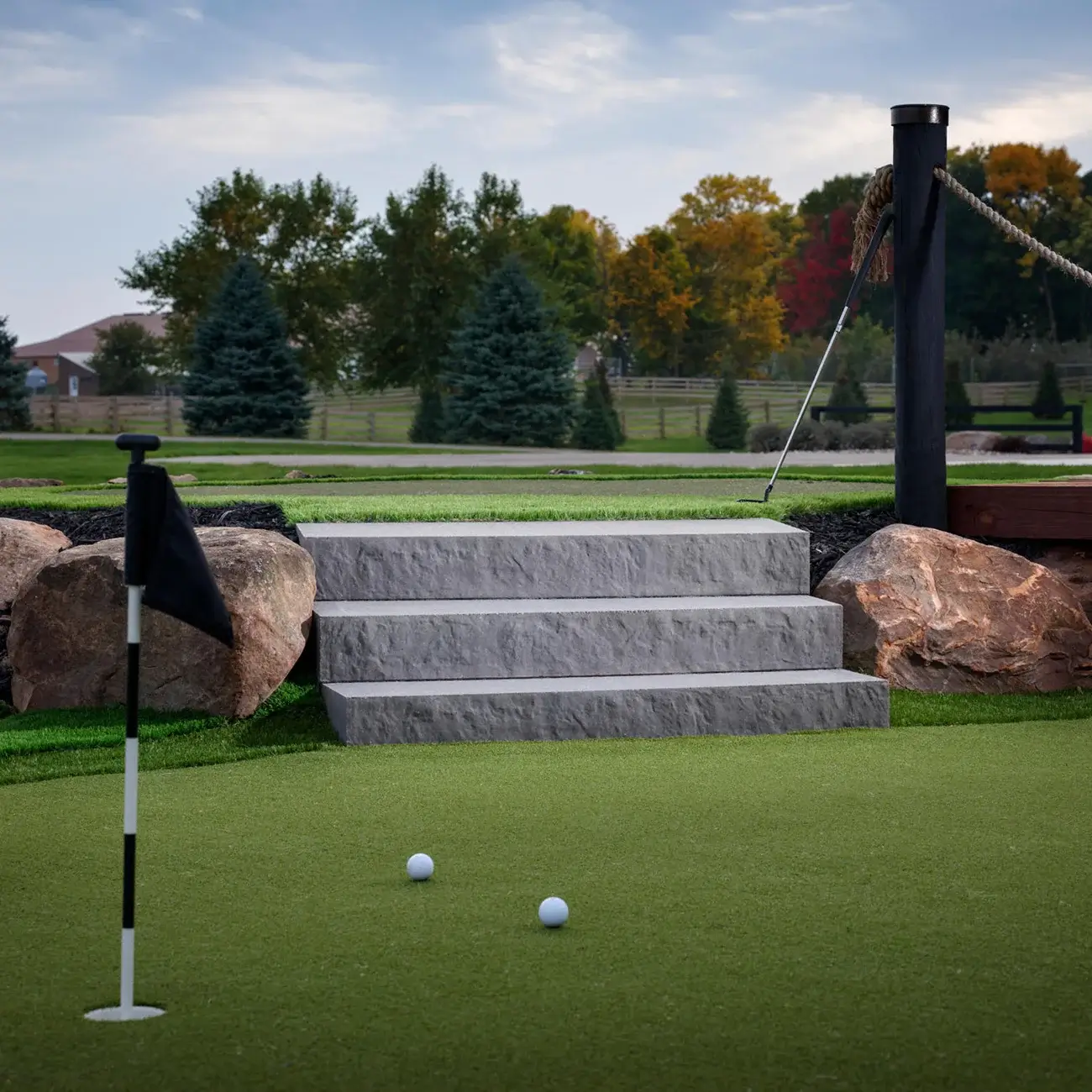
Beyond Grass: The Benefits of Artificial Turf for Your Outdoor Spaces
In the quest for low-maintenance, visually appealing landscapes, artificial turf has emerged as a game-changer for homeowners seeking lush greenery without the hassle of traditional grass. From backyard lawns to rooftop terraces, artificial turf offers a host of benefits that make it a compelling choice for outdoor spaces of all shapes and sizes. Let’s explore why artificial turf is gaining popularity and how it surpasses natural grass in several key areas.
1. Year-Round Greenery:
Artificial Turf: One of the most significant advantages of artificial turf is its ability to maintain a vibrant green appearance year-round, regardless of weather conditions or seasonal changes. Unlike natural grass, which can become brown and dormant during periods of drought or cold weather, artificial turf retains its lush, verdant look throughout the year, providing homeowners with a consistently beautiful landscape.
Natural Grass: Maintaining a green lawn year-round with natural grass requires regular watering, fertilizing, and mowing, which can be time-consuming and labor-intensive. Moreover, natural grass is susceptible to damage from pests, diseases, and inclement weather, leading to patchy or unsightly areas that detract from the overall aesthetics of the landscape.
2. Low Maintenance Requirements:
Artificial Turf: Artificial turf requires minimal maintenance compared to natural grass. Routine maintenance typically involves occasional brushing to prevent matting and periodic cleaning to remove debris and pet waste. Unlike natural grass, artificial turf does not need to be watered, fertilized, or mowed, saving homeowners time, money, and resources on lawn care.
Natural Grass: Maintaining a natural grass lawn involves a significant amount of upkeep, including regular watering, fertilizing, and mowing. Additionally, natural grass lawns may require aerating, overseeding, and pest control treatments to keep them healthy and vibrant. These maintenance tasks can be time-consuming and costly, especially for homeowners with large lawns or busy schedules.
3. Durability and Resilience:
Artificial Turf: Artificial turf is designed to withstand heavy foot traffic, pet activity, and environmental elements without losing its shape or color. High-quality artificial turf products are made from durable materials that resist fading, tearing, and UV damage, ensuring long-lasting performance and aesthetics.
Natural Grass: Natural grass lawns are susceptible to wear and tear from foot traffic, pets, and outdoor activities, which can lead to compaction, bald spots, and uneven growth. Additionally, natural grass may become damaged by pests, diseases, and adverse weather conditions, requiring frequent repairs and maintenance to restore its appearance and health.
4. Water Conservation:
Artificial Turf: By eliminating the need for watering, artificial turf helps conserve water resources and reduce water consumption, especially in regions prone to drought or water restrictions. With artificial turf, homeowners can enjoy a lush green landscape without the environmental impact of excessive water usage.
Natural Grass: Maintaining a natural grass lawn requires significant water input to keep it green and healthy, especially during hot and dry periods. This can place a strain on local water supplies and contribute to water waste and environmental degradation, particularly in areas with limited access to freshwater resources.
5. Versatility and Design Options:
Artificial Turf: Artificial turf is highly versatile and can be installed in a variety of outdoor spaces, including lawns, patios, rooftops, and play areas. It comes in different textures, colors, and pile heights, allowing homeowners to customize their landscape design to suit their preferences and aesthetic vision.
Natural Grass: While natural grass is commonly used for traditional lawns, it may not be suitable for certain environments or applications, such as shaded areas, high-traffic zones, or arid climates. Additionally, natural grass requires specific soil and sunlight conditions to thrive, limiting its versatility in landscape design.
In conclusion, artificial turf offers numerous benefits that make it an attractive alternative to natural grass for homeowners seeking a low-maintenance, visually appealing landscape. With its year-round greenery, minimal maintenance requirements, durability, water conservation benefits, and design versatility, artificial turf provides homeowners with a sustainable and hassle-free solution for creating beautiful outdoor spaces that can be enjoyed for years to come. Whether you’re looking to enhance your backyard, rooftop, or play area, artificial turf offers a lush and inviting landscape that requires minimal upkeep and maximizes enjoyment.

